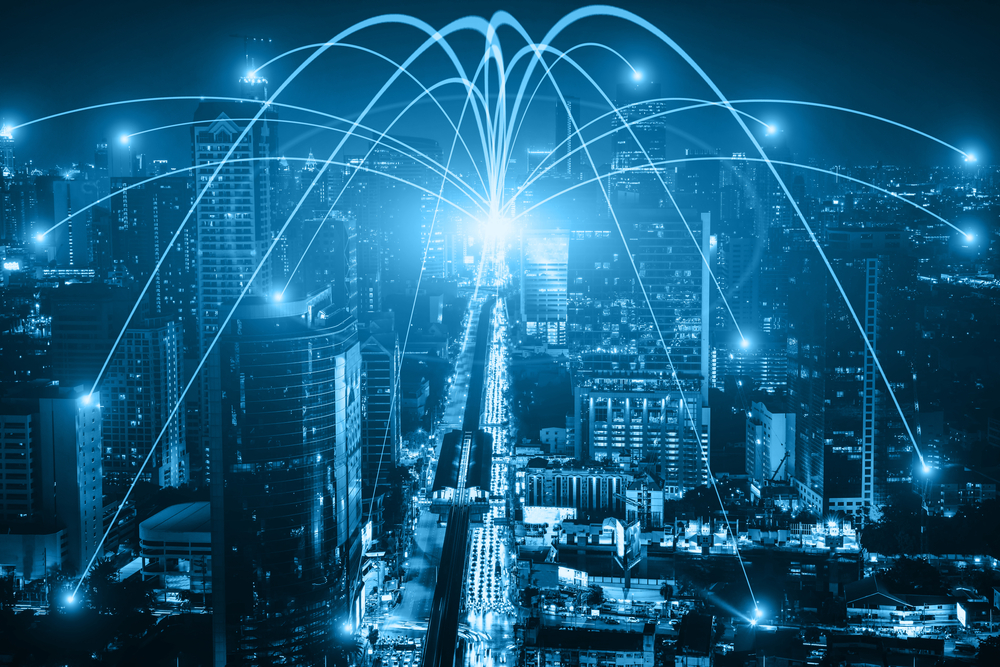Fiber Connects Over Half of US Commercial Buildings

The availability of fiber-optic connectivity to large and medium size commercial buildings in the U.S. reached 54.8 percent in 2017, according to Vertical Systems Group (VSG), solidly surpassing the half-way point towards universal high speed connectivity. The U.S. fiber gap fell to 45.2 percent for the first time as a result, states the market research firm.
Figures from VSG quantify the scope of fiber-lit buildings in the U.S. with 20 or more employees. The commercial building base includes over 2 million individual business establishments, and maps directly to the addressable market for high-speed carrier Ethernet, cloud, data center, hybrid VPN, and emerging SDN-enabled services. Last year at this time, the percentage of fiber-fed commercial buildings in the U.S. stood at 49.6%, according to VSG.
In its latest analysis, a fiber lit building is defined as a commercial site or data center that has on-net fiber-optic connectivity to a network provider's infrastructure, as well as active service termination equipment onsite. This analysis does not include standalone cell towers, small cells not located in fiber lit buildings, near net buildings, buildings classified as coiled at curb or coiled in building, HFC-connected buildings, carrier central offices, residential buildings, and private or dark fiber installations.
"More commercial U.S. buildings were newly lit with fiber during 2017 than in any other year since we initiated this research in 2004. The number of net new fiber lit buildings increased across every building size segment, and most substantially for medium size sites," said Rosemary Cochran, principal at Vertical Systems Group. "Deployments will continue to accelerate because fiber is both a strategic asset for delivery of wireline business services, as well as a necessity for enabling 5G."
Extensive quantification and analysis for the U.S. business fiber landscape is available to subscribers of the market research company's Emerging Networks Service (ENS) Fiber Plus research track. Topics include a detailed fiber statistics for 2017, with annual data starting in 2004. Additionally, content covers U.S. fiber trends, fiber penetration rates by customer segment (large enterprise and SMB), and building size segments (20-50 employees, 51-100 employees, 101-250 employees, >250 employees), U.S. fiber lit building penetration rates and building counts by fiber provider, U.S. fiber lit buildings leader boards, leading fiber provider profiles, a directory of M&A activity, fiber STAT flashes, and fiber lit building taxonomies.



































